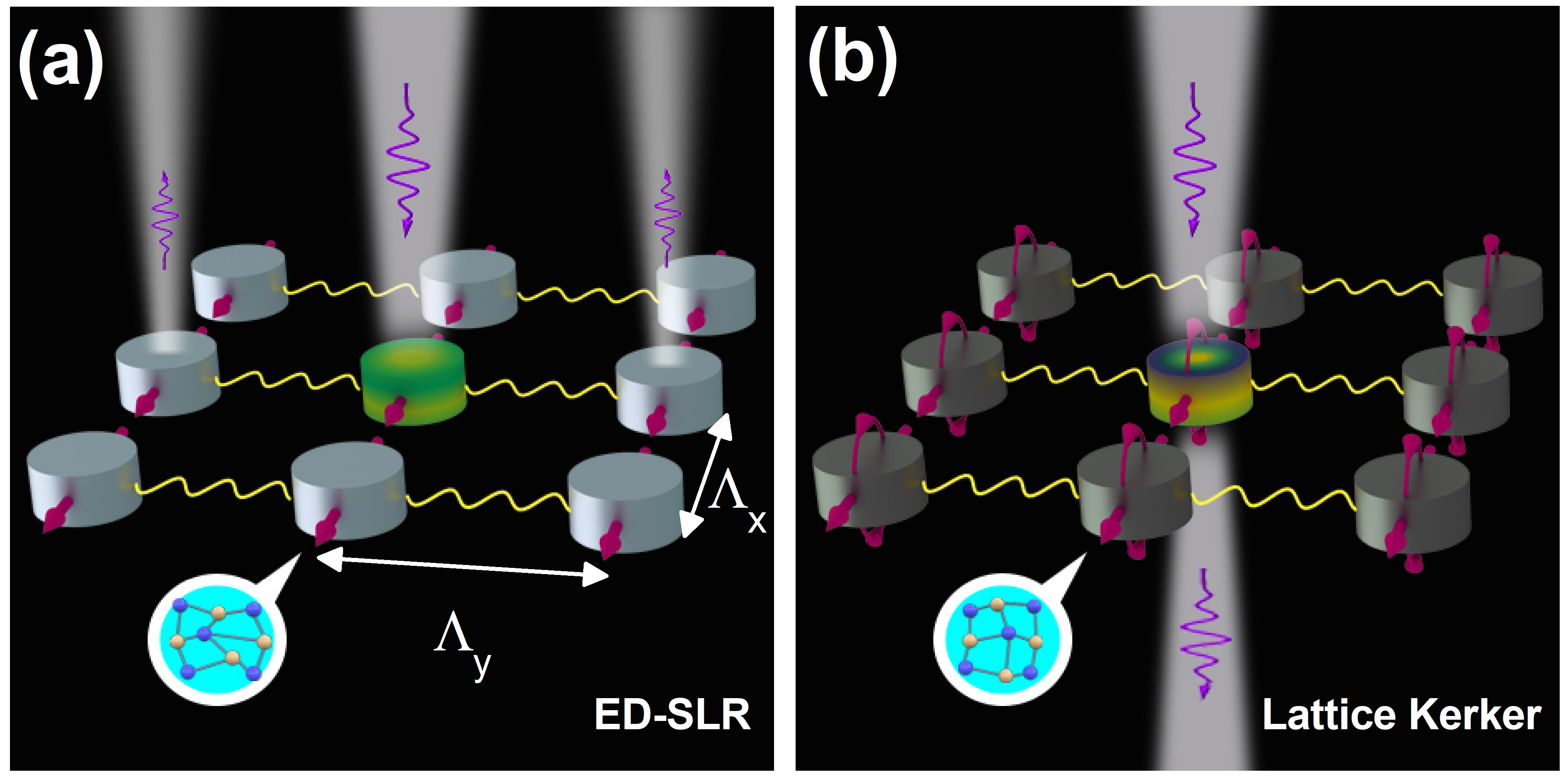Phase-Change Material Enables Active Tuning of Lattice Kerker Effect
Date:28-01-2022 | 【Print】 【close】
One of the most generalizations is the lattice Kerker effect in periodic structures. By varying the one of the array periods, the electric dipole surface lattice resonance (ED-SLR) of the array and the magnetic dipole resonance (MDR) of single nanoparticles can be spectrally overlapped, leading to strong suppression of reflection or backward scattering from the array as a whole.
A research group led by Dr. LI Guangyuan from the Shenzhen Institutes of Advanced Technology (SIAT) of the Chinese Academy of Sciences realized active tuning of the lattice Kerker effect by introducing a metasurface composed of GeSbTe (germanium-antimony-tellurium or GST) nanorods. Here, GST is a typical phase-change material that can be switched between amorphous and crystalline phases with many unique merits, including especially the nonvolatile, rapid and reversible switching characteristics.
The group’s study, entitled "Active tuning of resonant lattice Kerker effect," was published in the Journal of Physics D: Applied Physics on Jan. 25.
In this study, the researchers realized the transition from the ED-SLR to the lattice Kerker effect by changing the GST crystalline fraction. Since the ED-SLR and the lattice Kerker effect correspond to near-unity and suppressed reflection, respectively, this transition leads to multilevel tuning of reflection, transmission and absorption with modulation depths above 86%.
In addition, the team also made use of the MDR redshifts and achieved broadband and multilevel tuning of transmission with modulation depth of 87% over a broadband range of 588 nm.
They believe that the proposed GST metasurface featuring nonvolatile, rapid and reversible transition from ED-SLR to the lattice Kerker effect, will find intriguing applications in reconfigurable directional scattering, all-optical modulation and switching.

When GST changes from amorphous to crystalline phase, a transition from the ED-SLR to the lattice Kerker effect occurs, resulting in the switching from high reflection to high transmission. (Image by SIAT)
Media Contact:
ZHANG Xiaomin
Email:xm.zhang@siat.ac.cn